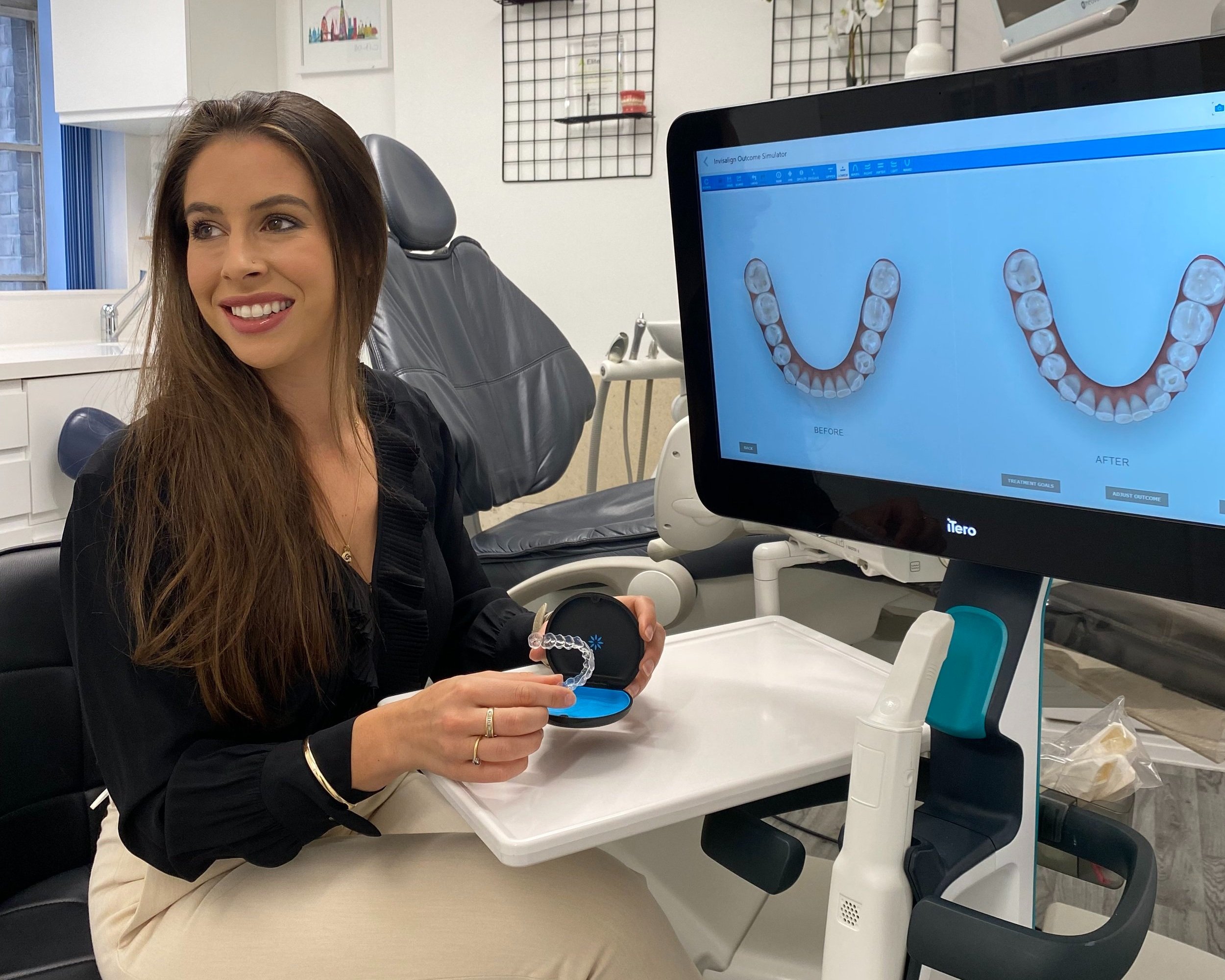
Clear Aligner Mentorship for Dentists
Bespoke mentoring for dentists to elevate expertise and self trust in abilities to deliver clear aligner therapy.
Accredited as a
Certificate in Clear Aligner Therapy
(EduQual Level 7)
“My commitment to you is to provide targeted guidance and my full support throughout our journey together so you can reach your clinical and business goals - all whilst treating more patients confidently and safely.”
Your training journey
Providing you with an in-depth and comprehensive set of tools and knowledge to implement clear aligner therapy safely.
Comprehensive curriculum
Bespoke mentoring
One-to-one mentoring, including individualised treatment planning, with detailed guidance and support to build trust in your own abilities and judgement.
Long-term support to ensure you are implementing your new skills to drive your personal and clear aligner therapy business growth.
Practical implementation
Supportive community
Be a part of a safe and supportive group of like-minded individuals to test ideas and celebrate successes.
“Millie’s mentoring is absolutely game changing. I had such a great 6 months with her and would thoroughly recommend to anyone thinking about it!!”



